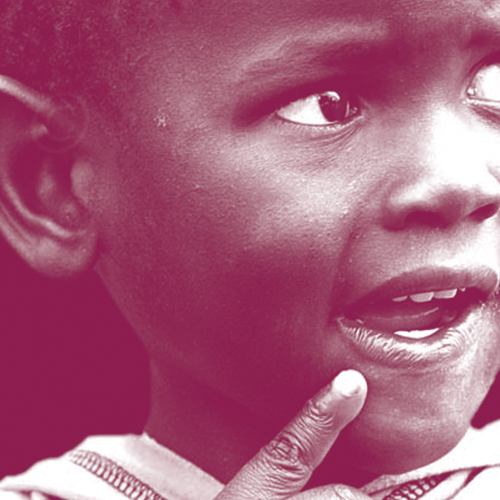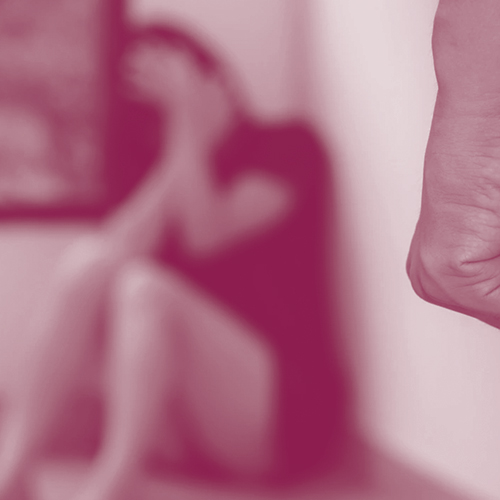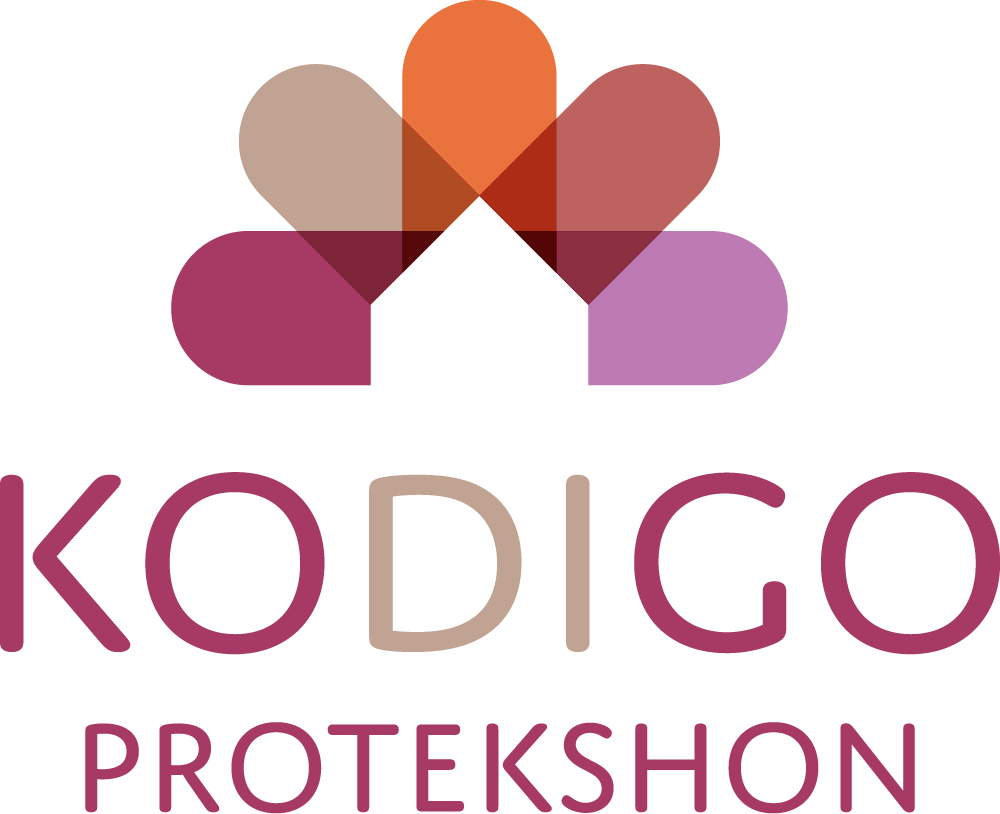Child abuse and relational violence can be interpreted differently based on the information received and personal experiences. To effectively apply the Kódigo di Protekshon, it’s important that everyone uses the same definitions.
Child abuse

hild abuse is any form of threatening or violent interaction of a physical, psychological, or sexual nature for a minor, imposed actively or passively by parents or other persons in relation to whom the minor is in a relationship of dependence or lack of freedom, causing or likely to cause serious harm to the minor in the form of physical or psychological injury.
Source: Maduro, E. (2015) Kindermishandeling wereldwijd en op Curaçao. In CBS Modus Statistisch Magazine Curaçao.
There are various forms of child abuse: physical, emotional, and sexual abuse. Sometimes, there is a combination of multiple forms. Witnessing (relational) violence, physical or emotional neglect are also considered forms of child abuse.
Source: Nederlands Jeugdinstituut. Dossier Kindermishandeling
Relational violence

The term relational violence clarifies that the violence does not only occur within a home. It refers to violence committed by someone within the victim’s family or romantic relationship, regardless of where the violence takes place.
Relational violence often involves physical and/or sexual assault, with or without property damage, where the perpetrator and the victim are blood relatives or in-laws, or have a (extramarital) romantic relationship with each other or with a married partner, or are (house) friends. It concerns both men, women, minors, and/or the elderly who can be victims or perpetrators of violence within a relational context. Child abuse, partner abuse, and elderly abuse are forms of relational violence.
